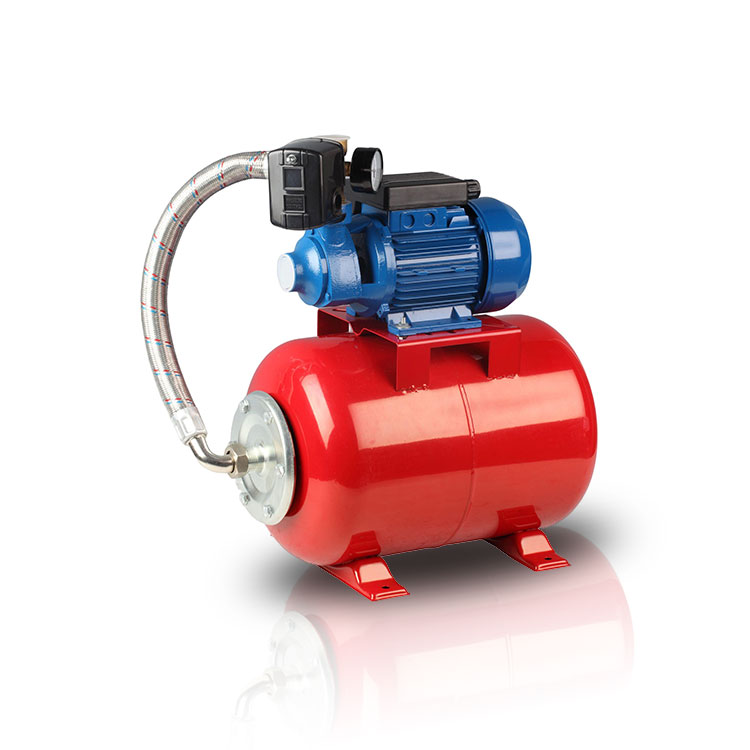Exploring the Purpose of the Automatic Shut-off Feature on Gas Pumps
2024-04-24
Gas pumps are an integral part of our daily lives, facilitating the refueling of vehicles with ease and convenience. Among the various safety features incorporated into these pumps, the automatic shut-off function stands out as a crucial aspect. This blog aims to explain the purpose and importance of this feature.
The automatic shut-off feature on gas pumps is designed to enhance safety and prevent potential hazards. Its primary purpose is to automatically stop the flow of fuel once the tank of the vehicle being refueled is full. This is achieved through a sophisticated mechanism that detects when the fuel level in the tank reaches a certain point.
The importance of this feature cannot be overstated. Imagine a scenario where there is no automatic shut-off and the pump continues to dispense fuel even after the tank is full. This could lead to fuel spilling out of the tank, creating a potential fire hazard. Spilled fuel can easily ignite, causing significant damage and even injuries.
Moreover, overfilling the tank can also damage the fuel system of the vehicle. Excess fuel can enter the vehicle's carbon canister, leading to its premature saturation and failure. This, in turn, can affect the vehicle's emission control system and potentially damage other components.
The automatic shut-off feature not only prevents these hazards but also saves time and money. It ensures that you don't overpay for fuel that spills out or gets wasted. Additionally, it reduces the need for manual intervention, making the refueling process more convenient.
In summary, the automatic shut-off feature on gas pumps serves a crucial purpose in enhancing safety and preventing potential hazards. It ensures that the fuel tank is not overfilled, reducing the risk of fires and damage to the vehicle's fuel system. By incorporating this feature, gas pumps provide a safer and more convenient refueling experience for users.



